I Must Garden Blog
Exploring a passion for gardening
-
Japanese Umbrella Pine
The Japanese Umbrella Pine (Sciadopitys verticillata), or Koyamaki, is an evergreen conifer native to Japan, not actually a pine. It is the only member of both its family and genus. It has no known relatives in the plant world and the oldest fossil found dates back to 230 million years ago, making it prehistoric. Its […]
-
Lantanas
The Lantana genus consists of around 150 species of flowering perennials in the verbena family. Some lantanas are referred to as shrub verbenas and they can grow up to six feet in height. They are native to the tropical regions of the Americas and Africa. They have become invasive in a number of parts of […]
-
Mums the word
Chrysanthemums (Chrysanthemum) are sometimes called mums or chrysanths for short. Their name is derived from the Greek words for gold (chrysos) and flower (anthemon). They are mostly perennial flowering plants of which there are around thirty species. They are native to Asia and northeastern parts of Europe. They were first cultivated in China as far […]
-
Prevent Winter Damage from Moles and Voles
It is a common misconception that moles and voles hibernate during the winter, when in fact, they simply dig deeper tunnels to escape the cold and they continue eating ferociously throughout the winter. Deeper burrows and occasional snow cover, combined with our own tendency to go outside less often in cold weather, makes their signature […]
-
Cleomes, the spiderplant.
Cleomes (Cleome hassleriana) are commonly known as spiderflowers, spiderplants, spiderweeds, or beeplants. The cleome gets its “spider” names from the spidery-looking flowers with long stamen and dangling seedpods. They are annuals and when planted in a group they can look like blooming shrubs with eight inch blossoms because they grow in racemes (clusters of flowers). […]
-
Crepe Myrtles
There are around fifty species of Crepe Myrtles (Lagerstroemia), which consist of deciduous and evergreen trees and shrubs. They are native to India, southern China, Australia, and other areas around Oceania, but today they are cultivate in warm climates around the world. There are tropical and sub-tropical varieties. They are mainly known for having colorful, […]
-
Impatiens, Jewelweed
The impatiens (Impatiens) genus of flowering plants is widely distributed throughout the northern hemisphere and the tropics. It is made up of 850-1000 species. Some botanists believe that the large genus needs to be split into two based on the genetic make-up of individual plants. Additional common names for the plants include jewelweeds, balsams, and […]
-
Hardy Hibiscus
When most people think of hibiscus (Hibiscus), they think of the Chinese Hibiscus (Hibiscus rosa-sinensis). It is the most popular and well-known with its large, bright red flowers and attractiveness to hummingbirds. They are often grown as ornamental houseplants and can only be grown outdoors in USDA zones 9a through 10b. They require full sun […]
-
Read This: Wicked Plants
A creepy little book from author Amy Stewart, Wicked Plants has been on the best seller list at indie and mainstream bookstores alike, since its publication date. It’s a must-read for fans of I Must Garden products, because our products are made from plants that smell wicked to animals.
-
Read This: The Organic Lawn Care Manual
One of the most valuable books for homeowners to hit the market recently is The Organic Lawn Care Manual, by Paul Tukey. Tukey is the editor of the regional gardening magazine “People, Places, Plants,” which has a focus on gardens in the northeast, and sustainable/organic techniques. The Organic Lawn Care Manual is a useful book for homeowners maintaining lawns, even if they are not, or do not want to, use completely organic methods.



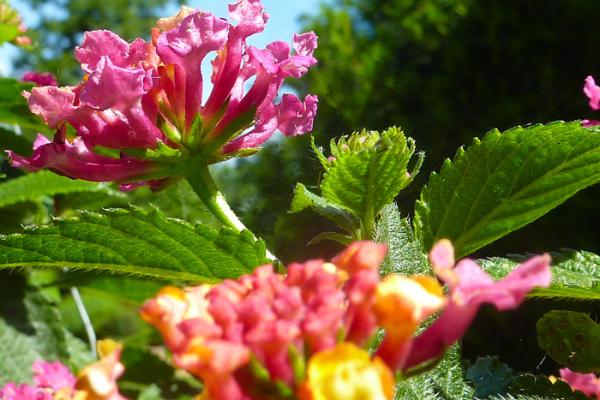

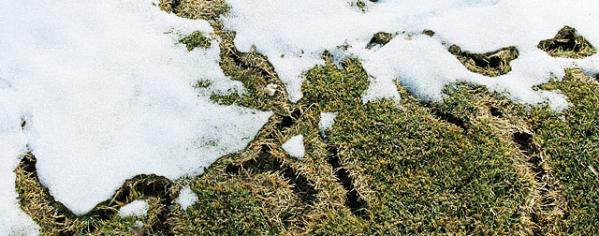
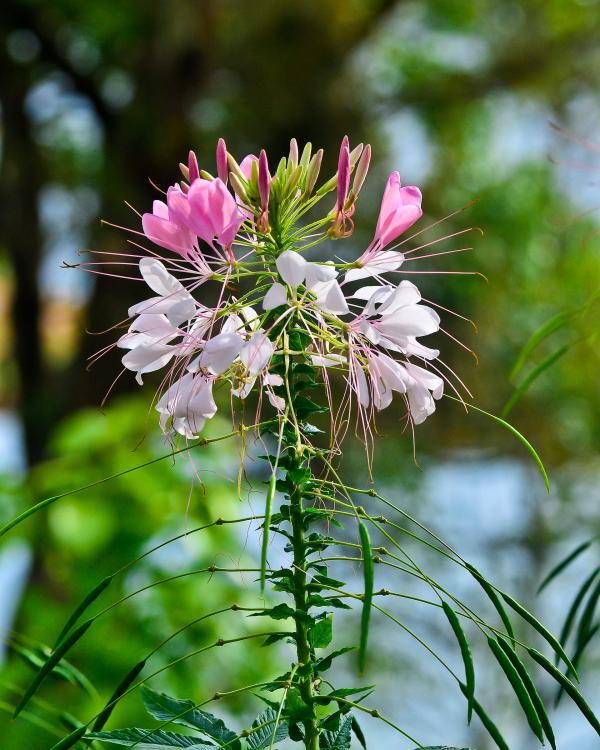

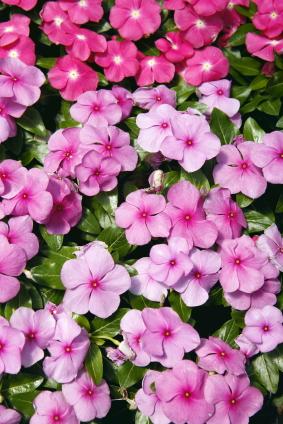
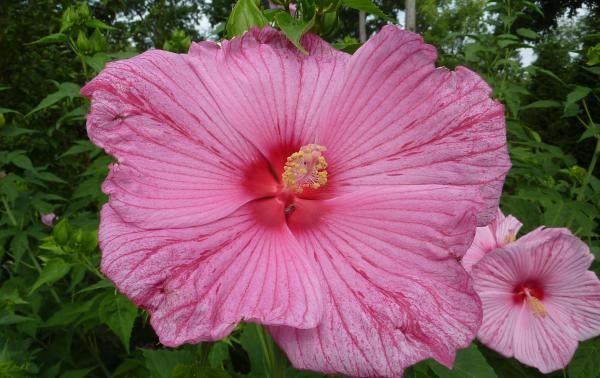
Login and Registration Form